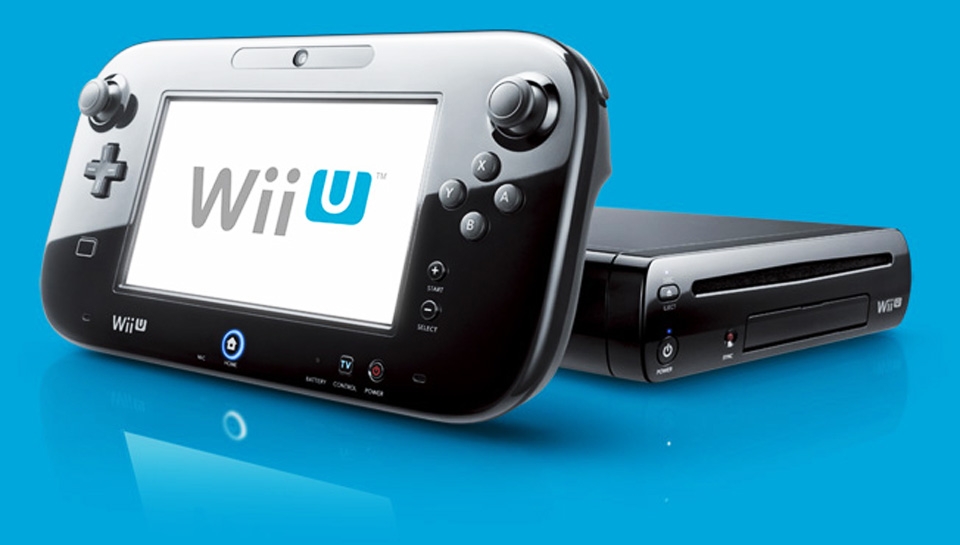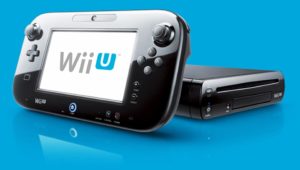

The Wii U was Nintendo’s sixth console and was the first product released in the eighth-generation of video game consoles. Despite receiving positive reviews, the Wii U sold poorly and is being discontinued.
By Grant Stoner | Staff Writer
Nintendo will be releasing their latest console, the Nintendo Switch, to the masses in March. Yet, as we say hello to new adventures on the Switch, we must bid our final goodbyes to arguably one of the biggest console failures in recent years — the Wii U. Weeks ago, Eurogamer received rumors mentioning that the console was to end its production in Japan.
Originally, Nintendo claimed that the reports were false, noting that there were no plans to cease development. However, early last week, both Nintendo and Nintendo of America released official statements informing consumers that they have indeed stopped production of the current console.
The Wii U’s relatively short lifespan should come as no surprise to gamers. Without substantial support from buyers and developers, the system was unable to effectively compete in the market.
During the first few months after its launch, the Wii U saw a respectable number of consoles sold. According to statistics from a 2013 article by gaming publication IGN, approximately 1.4 million units were purchased in the United States and Japan, indicating that the system had found a moderate following. Unfortunately for Nintendo, the numbers would drastically fall in the coming years.
According to a report from Fortune, as of March 2016, only 12.8 million Wii U systems had been purchased worldwide since its launch. Compared to its predecessor the Wii and its estimated 102 million systems sold, the console barely surpassed a tenth of those numbers before Nintendo decided to pull the plug.
To make matters worse for the struggling system, numerous developers neglected to publish games, making the Wii U’s library shallow. During the initial reveal, multiple third-party games were shown operating on the system. Yet, throughout the Wii U’s lifespan, the list of games began to dwindle, with third-party publishers and developers quietly withdrawing their support. While first-party titles like “Mario Kart 8,” “Super Smash Bros. for Wii U” and “Splatoon” were certainly engaging and entertaining, they did not have the capability to warrant purchasing a Wii U.
Due to the restricting power of the console, as well as the lack of proper online features such as connectivity, third-party publishers and developers found it difficult to successfully produce games. Instead, they chose to focus their efforts on creating innovative new titles for the PlayStation 4 and Xbox One, the Wii U’s stronger, more popular competitors.
Without the financial backing of buyers, as well as the lack of games to hold interest, the Wii U was essentially doomed to fail. On top of which, Nintendo’s console has been in direct competition with Sony and Microsoft’s systems, leaving the underpowered machine to fight among technological giants.
For Nintendo, the Wii U was a financial and technological disaster. The power and entertainment capabilities of the system were unable to garner the necessary attention, thus resulting in poor sales. However, Nintendo hopes to establish a newfound interest with gamers and developers when the Switch launches this March.



